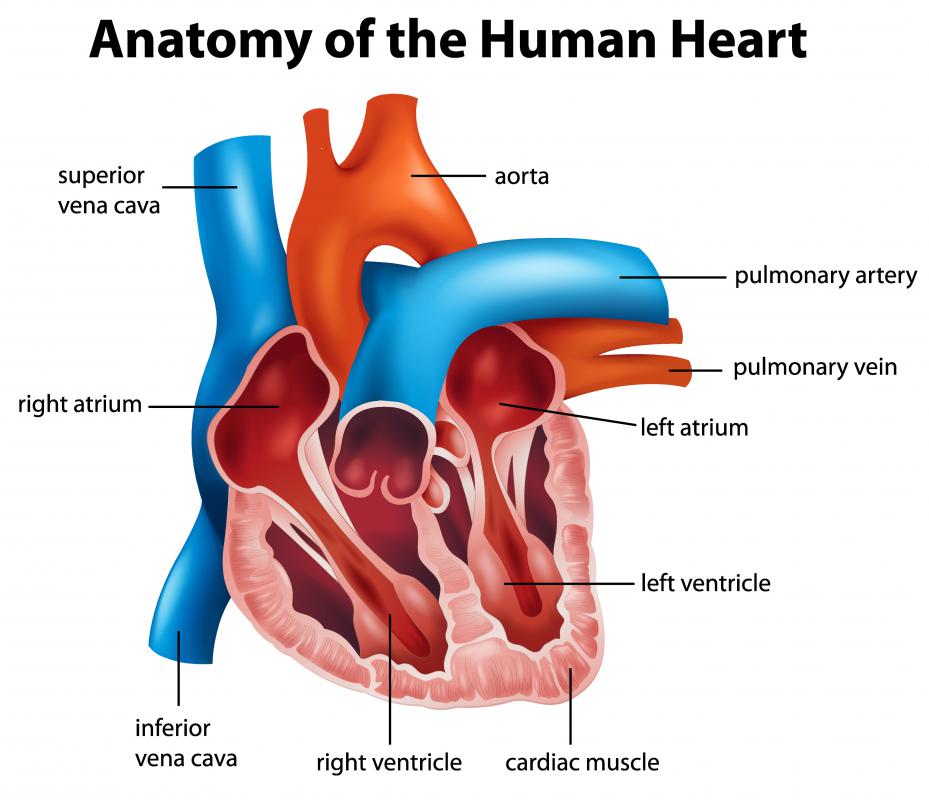At WiseGEEK, we're committed to delivering accurate, trustworthy information. Our expert-authored content is rigorously fact-checked and sourced from credible authorities. Discover how we uphold the highest standards in providing you with reliable knowledge.
What is an Implantable Cardioverter Defibrillator?
An implantable cardioverter defibrillator (ICD) is a device which is used to address abnormal heart rhythms in patients who have a history of arrhythmia and related heart problems. This device is similar in design to a pacemaker, but it offers some additional features which make it a powerful tool for people with certain kinds of heart conditions. Having an implantable cardioverter defibrillator can save someone's life. If a patient is believed to be a candidate for such a device, a cardiologist will provide information and advice.
There are several different designs of implantable cardioverter defibrillator on the market. A single device runs one lead into the heart's right ventricle. Dual devices run leads to the right ventricle and the right atrium. Biventricular implantable cardioverter defibrillators have three leads, which run into the right ventricle, left ventricle, and right atrium of the heart. All of these leads are capable of delivering electric shocks.

One function of an implantable cardioverter defibrillator is to act as a pacemaker. If it senses that the heart rhythm is off, it can use electric shocks to get the heart beating steadily and normally. The device uses a sophisticated onboard computer to monitor the heartbeat continuously and deliver shocks if needed. If the heart starts to beat too rapidly, a stronger shock is given in a procedure known as cardioversion to shock the heart into normal rhythm. In serious cases, the device can act as a defibrillator, delivering a very strong shock to resolve an abnormal heart rhythm which cannot be treated with cardioversion alone.

This device is implanted through the veins, in a procedure which involves local anesthesia. The minimally invasive procedure is followed with a one to three day hospital stay in which the patient is monitored and the device is checked to confirm that it is working properly. In the days immediately following the procedure, the patient may need to observe some special care directions, but afterwards, normal activity can be safely resumed.

Some care must be taken when a patient wears an implantable cardioverter defibrillator. It is important to stay away from big magnetic fields, such as magnetic resonance imaging machines, and to avoid big electrical fields as well. While it is generally safe to use power tools and other household electronics, it is important that these devices are kept in good order. Doctors and care providers should be alerted to the presence of the ICD before providing treatment, and there may be cases in which law enforcement need to know as well; use of devices like tasers and wands used to check for contraband can be dangerous for people who use implantable cardioverter defibrillators.
AS FEATURED ON:
AS FEATURED ON:














Discussion Comments
how does someone eventually die with a implantable cardiac defibrillator?
Post your comments